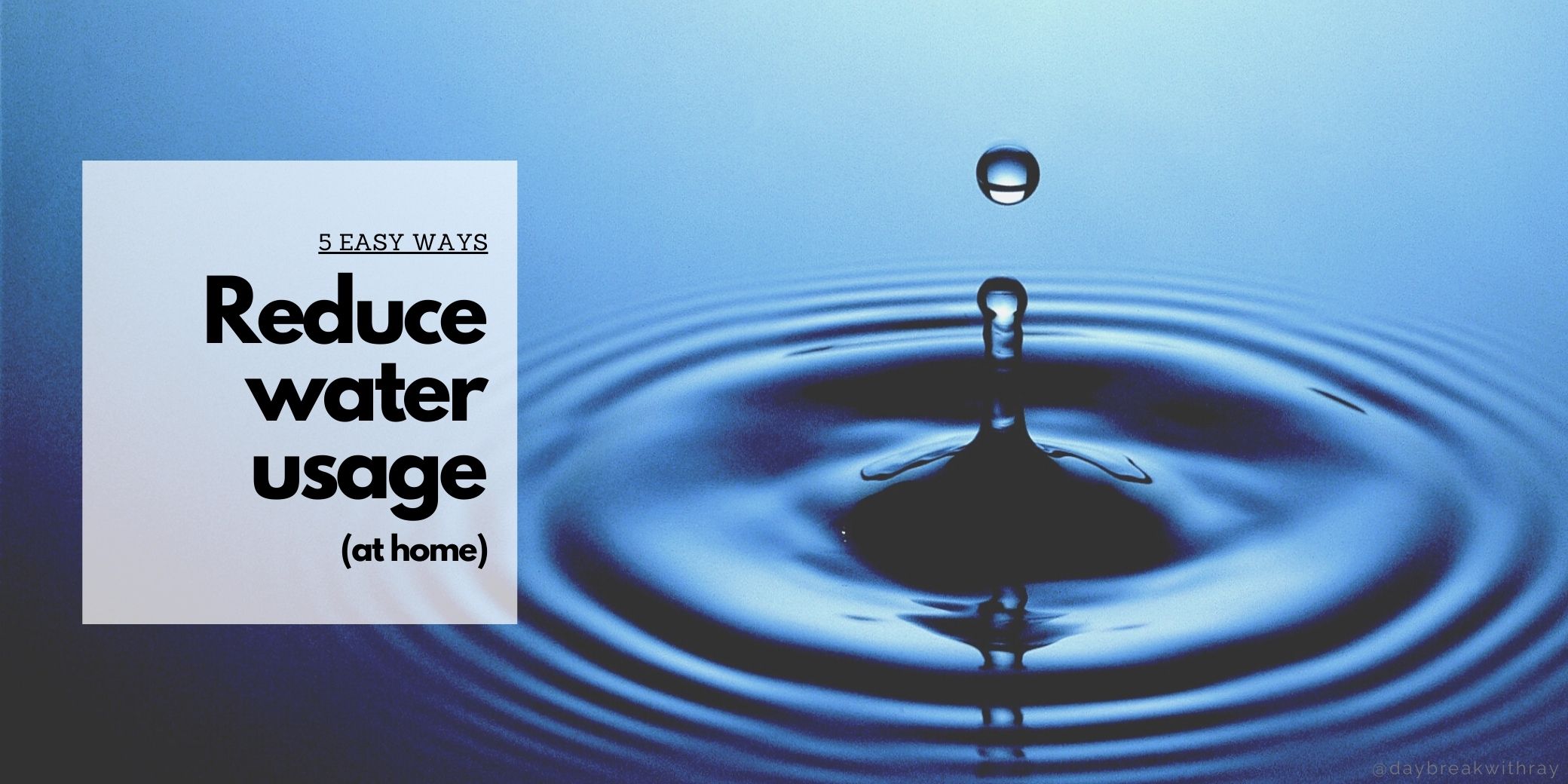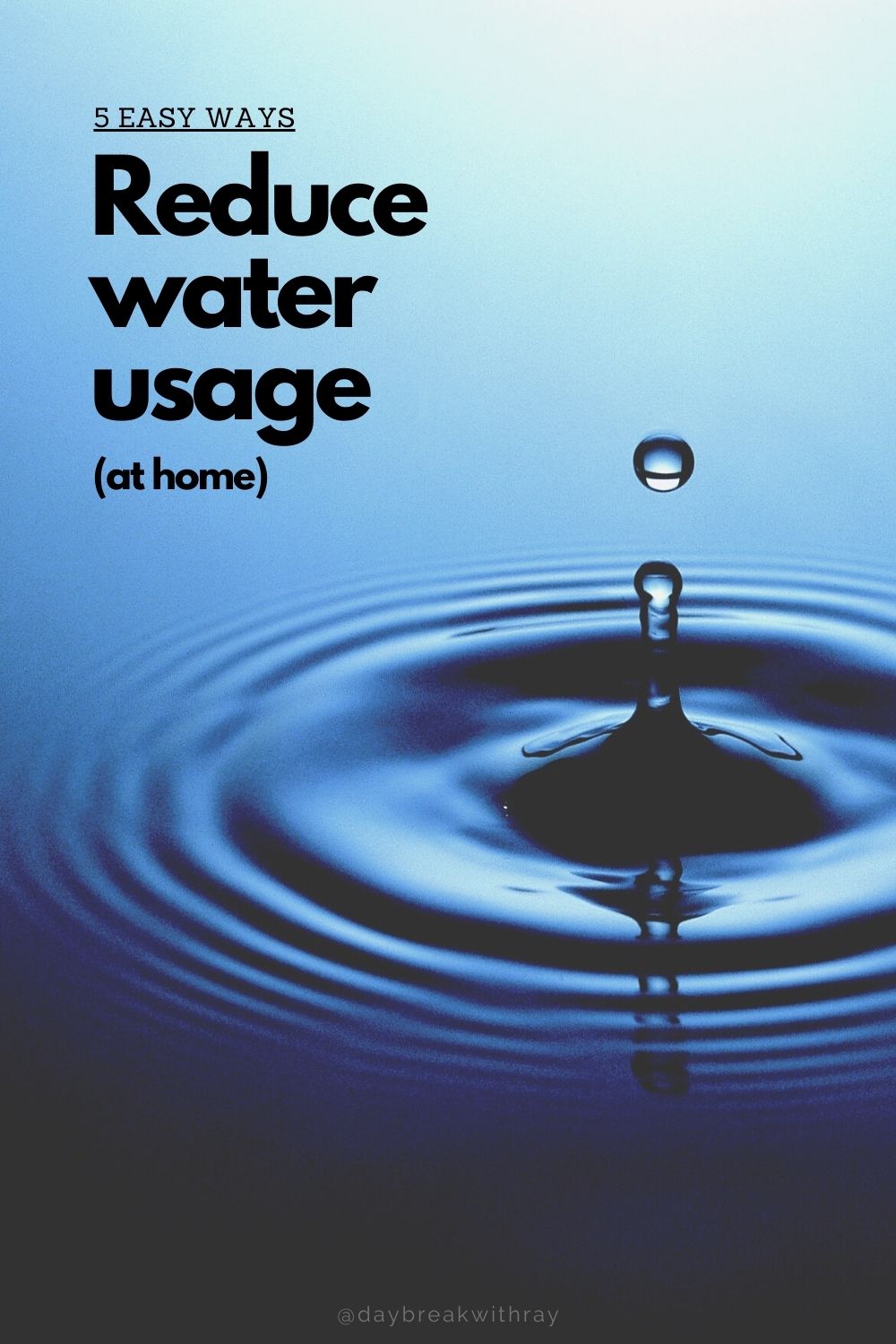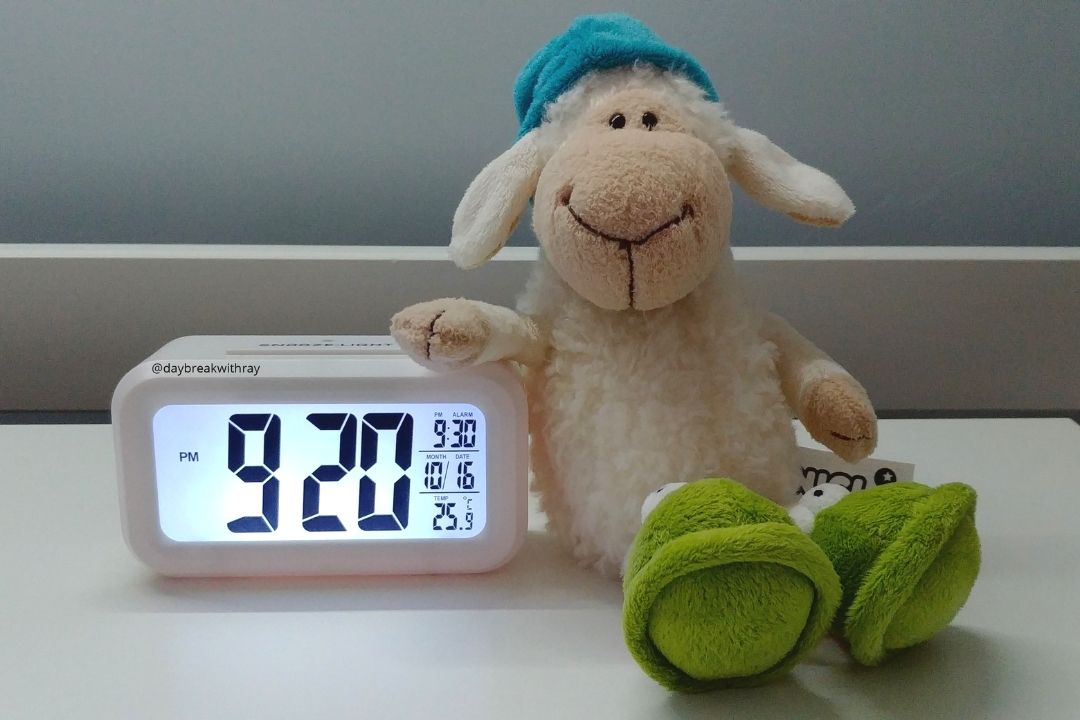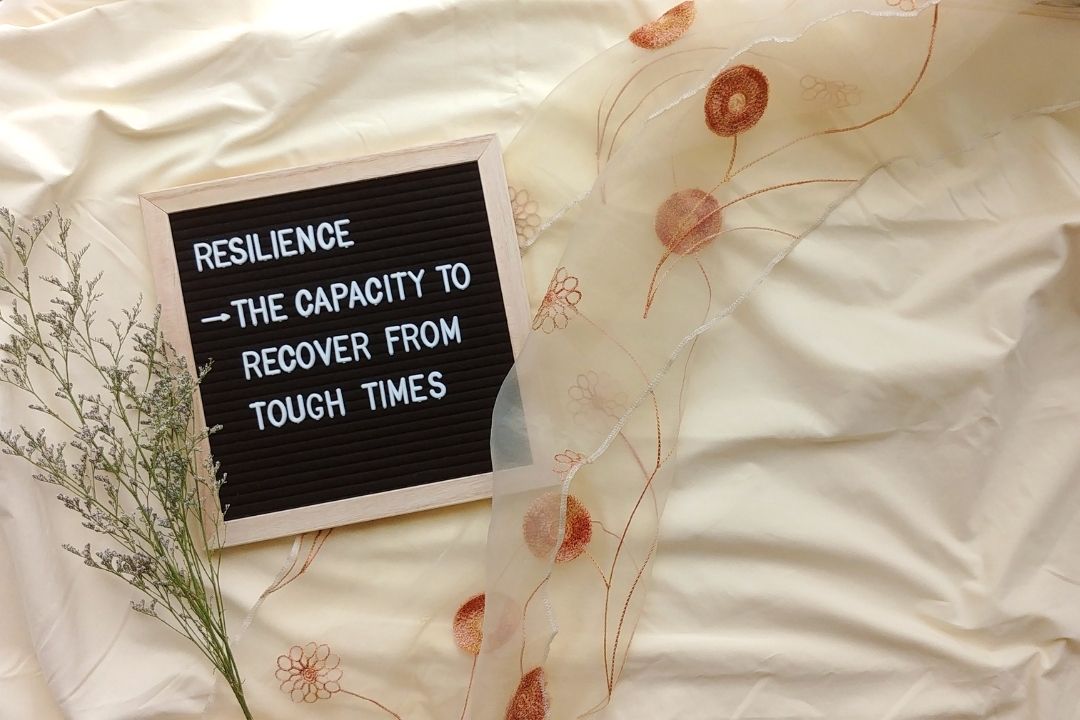5 Easy Ways to Significantly Reduce Water Usage at Home

Water is essential to us. It makes up almost 60% of the human body. We’re advised to drink approximately 2L of water to stay healthy. Yet our day-to-day actions show that we don’t know how to appreciate water. And if we don’t act quickly to reduce our water usage and find viable ways to reuse water, we might find ourselves facing water shortage sooner than we think.
To tackle the problem, we must first understand what is causing it to happen in the first place. Almost everything we own, use, or consume requires water. From keeping personal hygiene to the food we eat at the table and the industries that make our daily life products like clothes, beauty care, or electronics, water is used everywhere. Where we can all start to save water is at home.
A study conducted in the US shows the breakdown of indoor water consumption in an average household.
Toilet flushing took the trophy as the biggest water waster at home, followed by the shower and faucet. The washing machine came next along with leaks around the house. Then baths and dishwasher took the remaining places. With this information, we can come up with a more effective solution and smartly tackle the problem.
Largest Water Consumers at home:
- Toilet
- Shower
- Faucet
- Laundry
- Leaks
- Baths
- Dishwasher
1. Put a plastic bottle filled with water in the toilet tank
The toilet is one of the biggest water consumers in a household. Taking this into account, we can largely cut down our water usage just by changing our toilet. If you already own a dual flush toilet, that’s great news! But most households don’t and replacing the toilet when it’s still working fine would be a waste. So instead of spending money to save water, we can save money AND save water.
Simply grab yourself a 1L bottle that would fit in the toilet tank and fill it with water (any would do). Once it’s filled, carefully insert the bottle into the tank. This will trick the tank into thinking it’s filled with water (which is technically true) so less water will be pumped into the tank. The amount of water flushed down the toilet will then be significantly reduced. The same goes for the lowered water bills.
2. Showers over baths
Another great consumer of water is baths and showers. Although most people take short showers over long baths, there are times when we just want to relax and unwind in the bathtub. Besides, who wouldn’t enjoy a nice, soothing bath after a tiring day? Instead of the usual bathing method where you can only use the water once, let’s give the Japanese bathing method a try!
Japanese Bathing Method
Before diving into the tub, you should first clean your body outside the tub. Some people prefer using showerheads to rinse off the soap while others stick to a wooden bucket of water for cleansing purposes. After all the soap is washed off, you can then gently dip your body into the bathtub. The idea is to soak and relax inside the tub without making it dirty. This way, the water in the tub can be re-used by the next family member to dip in. When you’re done, simply leave the tub and keep the water.
By using this Japanese method, you can enjoy a long bath without wasting too much water.
3. Steam your veggies on top
If you’re cooking rice or boiling pasta, and you need a small side dish, consider steaming your veggies on top. Instead of preparing another pot of water to boil your veggies or another pan to fry them in, simply find a container to stack on top of your pasta. This way you can save yourself a lot of water from boiling or washing off the grease from frying pans.
Besides reducing water usage, steaming is also a much healthier cooking method. It retains most of the vitamins and minerals from the food, which keeps it nutritious and healthy to consume. Steamed food also helps lower cholesterol because you don’t use oil. And no oil means dishes are easier to clean, which can save water and energy.
4. Consider investing in a dishwasher if you cook at home often
With the pandemic, most households have switched to cooking more at home and eating less outside. Some even found their passion for cooking or baking. If you find yourself preparing meals at home more often or for a large family, it won’t hurt to consider investing in a dishwasher. If an energy-efficient dishwasher is fully loaded, it could save you tons of water and also your time and energy to clean the dishes. In the long term, the dishwasher would save more money than it costs.
However, if you live alone or don’t cook as often, there are other ways to help reduce water usage besides investing in a dishwasher. The most basic method would be to turn off the faucet when you’re scrubbing the dishes or fill a bucket to rinse the dishes in. Another method would be to install a low-flow faucet aerator. Unlike the conventional faucets, low-flow aerators can reduce the household water consumption to up to 50%.
5. Install a greywater system (if possible)
Greywater is basically used water that hasn’t come into contact with wastewater from toilets. A greywater system treats wastewater and recycles it into reclaimed water that can be reused. This gives water from sinks, washing machine, or dishwasher a second life for flushing toilets or watering plants. If it’s not possible to install a greywater system, don’t worry! There’s always an alternative.
Here’s a list of wastewater you can reuse for other purposes
- Rice water
- Pasta water
- Vegetable rinsing water
- Water used to wash hands (no soap)
- Water from old drinking bottles
- Leftover ice
- Rainwater saved from a rain barrel
For interested readers, feel free to check out How to Reuse Kitchen Water Around the House
To Conclude
These actions might seem insignificant when compared to other sectors that consume the most water in society. But if every one of us who reads this post takes immediate action to reduce domestic water consumption and shares this knowledge with family and friends, we can change the world together. It all begins at home with you and me. Let’s take action now!
Follow-up Questions you can ask yourself:
- Does your toilet have a dual flush mechanism?
- Do you have a low-flow or eco-shower head?
- Do you use a bowl for washing up?
- What temperature do you wash your clothes at?
- Do you boil more water than you need?
- When was the last time you checked for water leaks?

Do you struggle to wake up early? Do you sleep through alarms or end up snoozing without knowing? We
What is Resilience and how can you build it? Here are 4 useful ways to help you build resilience so
Have you been feeling stressed lately? Don't worry, most of us feel the same. But did you know that



